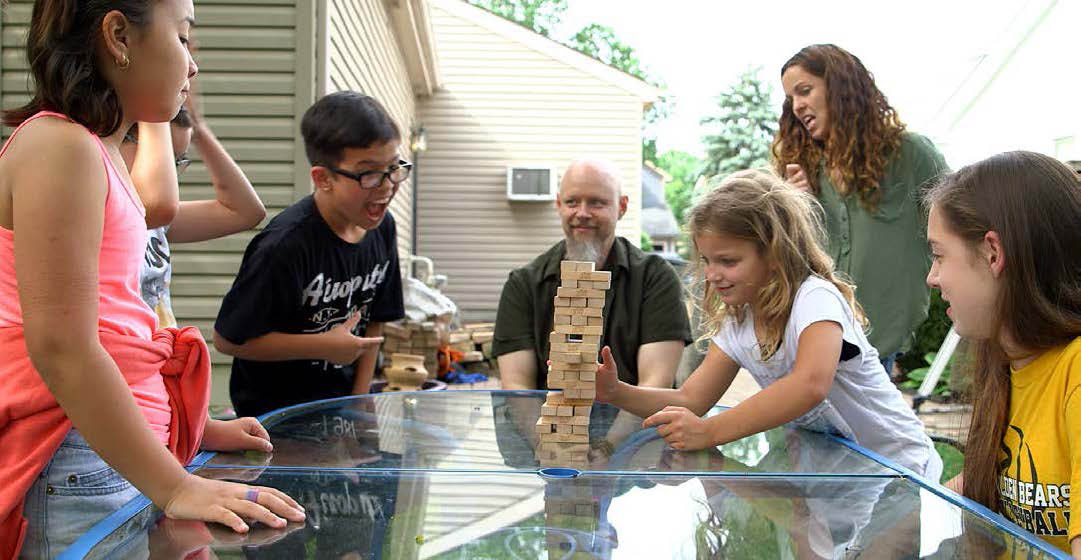Educational Service Guidelines for the Students who are Deaf and Hard of Hearing
Section 5: Parent, Family, and Community Involvement

Outcome: Family and community members are active, involved participants in the education process of children who are deaf/ hard of hearing.
Special Education is fundamentally designed with a child-centered approach to programming that creates a natural partnership, which draws upon a variety of expertise, including thorough comprehensive family and community support and involvement. In this way, it serves as a model which shows that with the support of a wide-ranging network of parents, families, deaf/hard-of-hearing adults, and business communities, the education of students who are D/HH is enhanced.
Family participation in education has long been recognized as an essential component in improving student performance. Recognizing that the family is the constant in a student’s life, while the service systems and personnel within those systems vary, is a key element in creating an effective education for students. Family participation has a direct impact on school climate, student motivation, and coordinated activities linked to learning, all of which deeply affect student achievement. It is essential to design an accessible program that is flexible, culturally competent, and responsive to family-identified needs that encourage planning around self-determination. Families then become important partners in setting high expectations for their child.